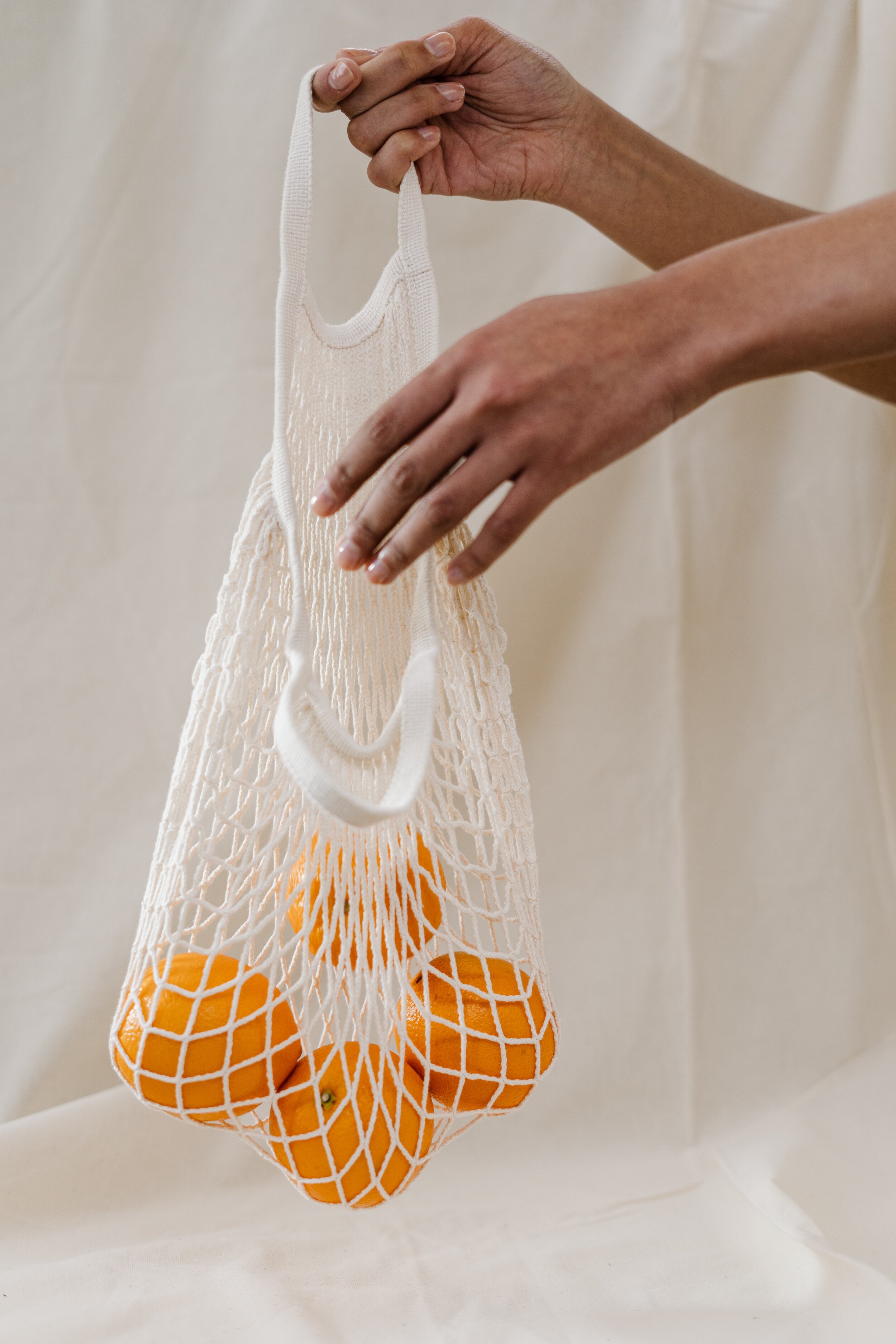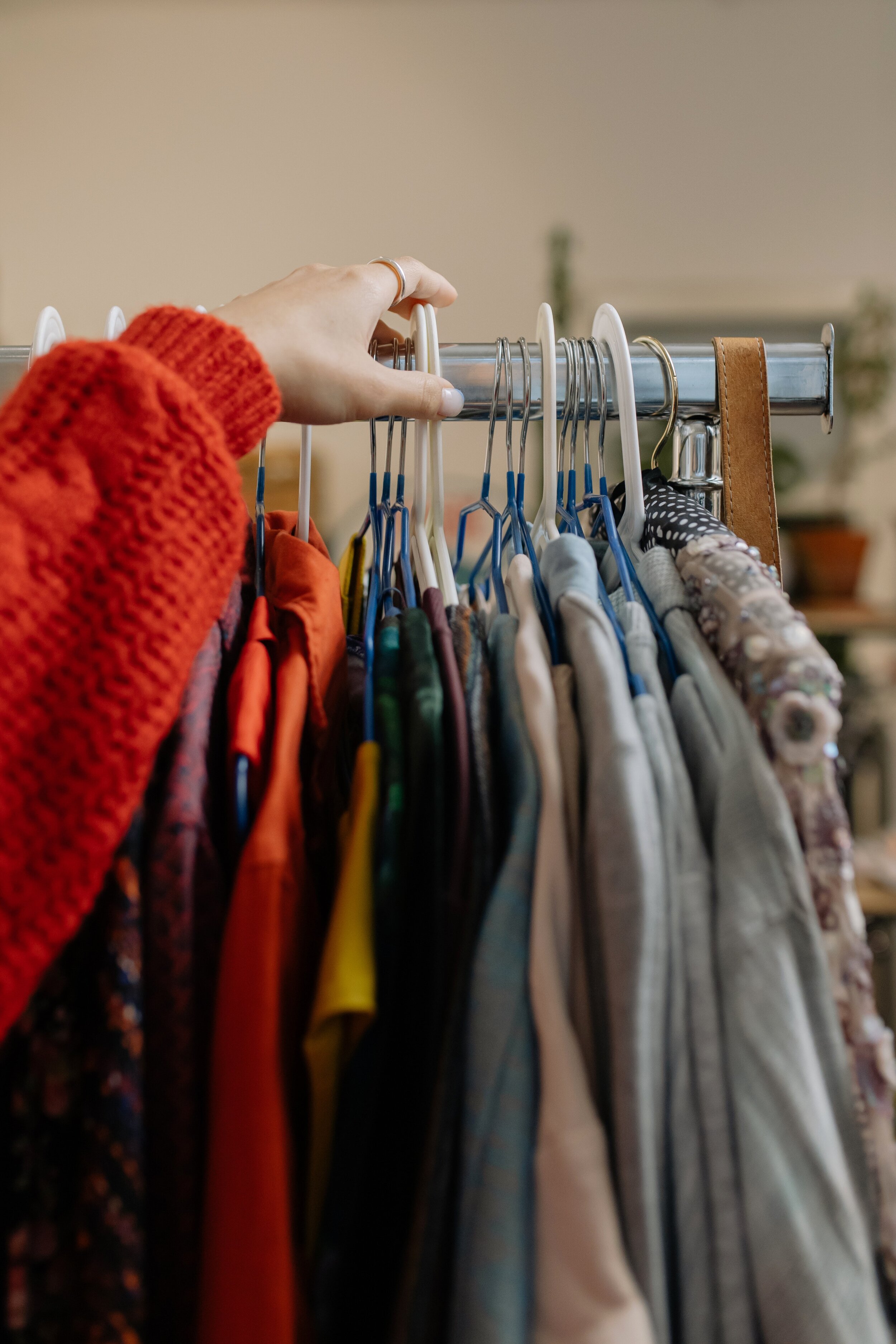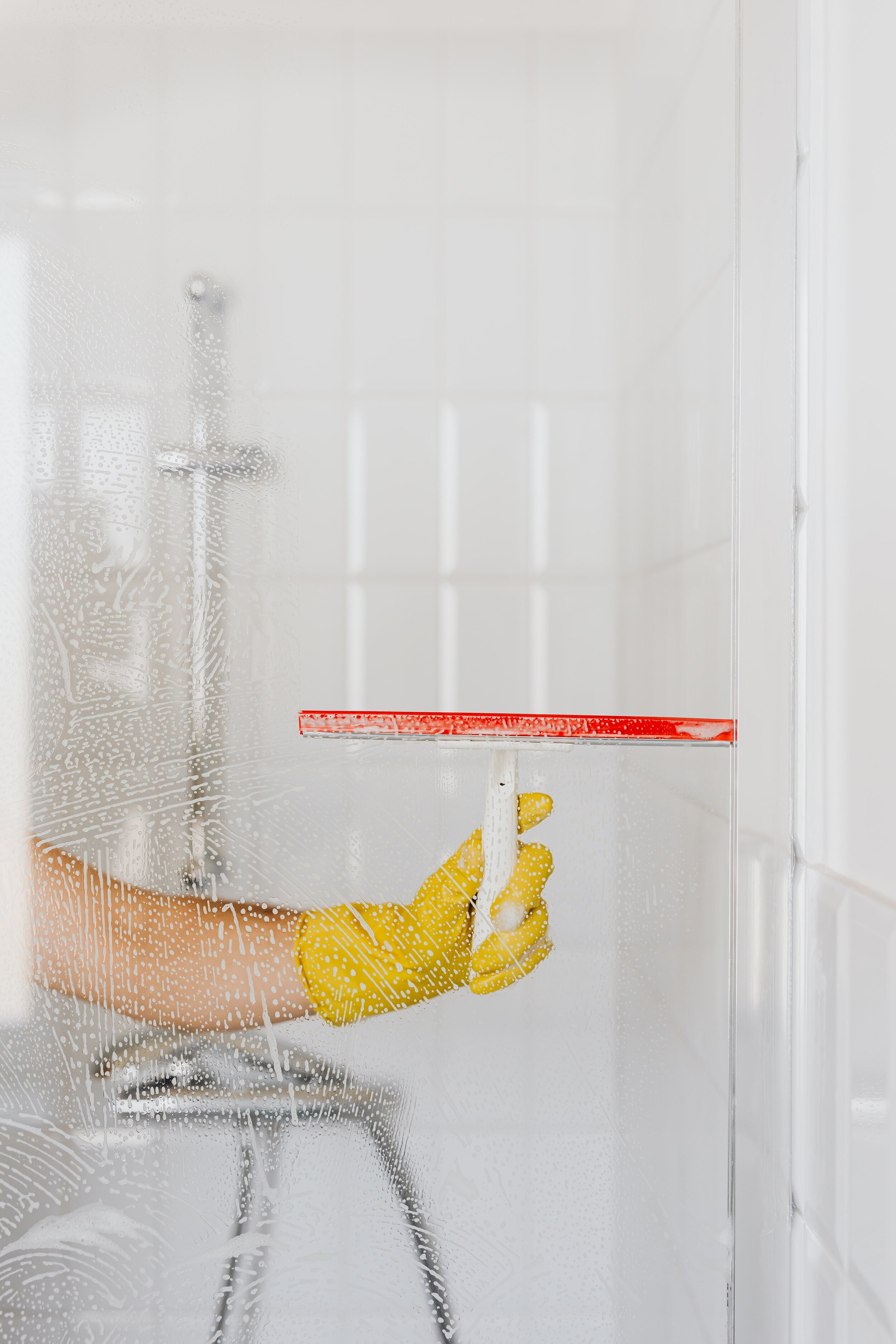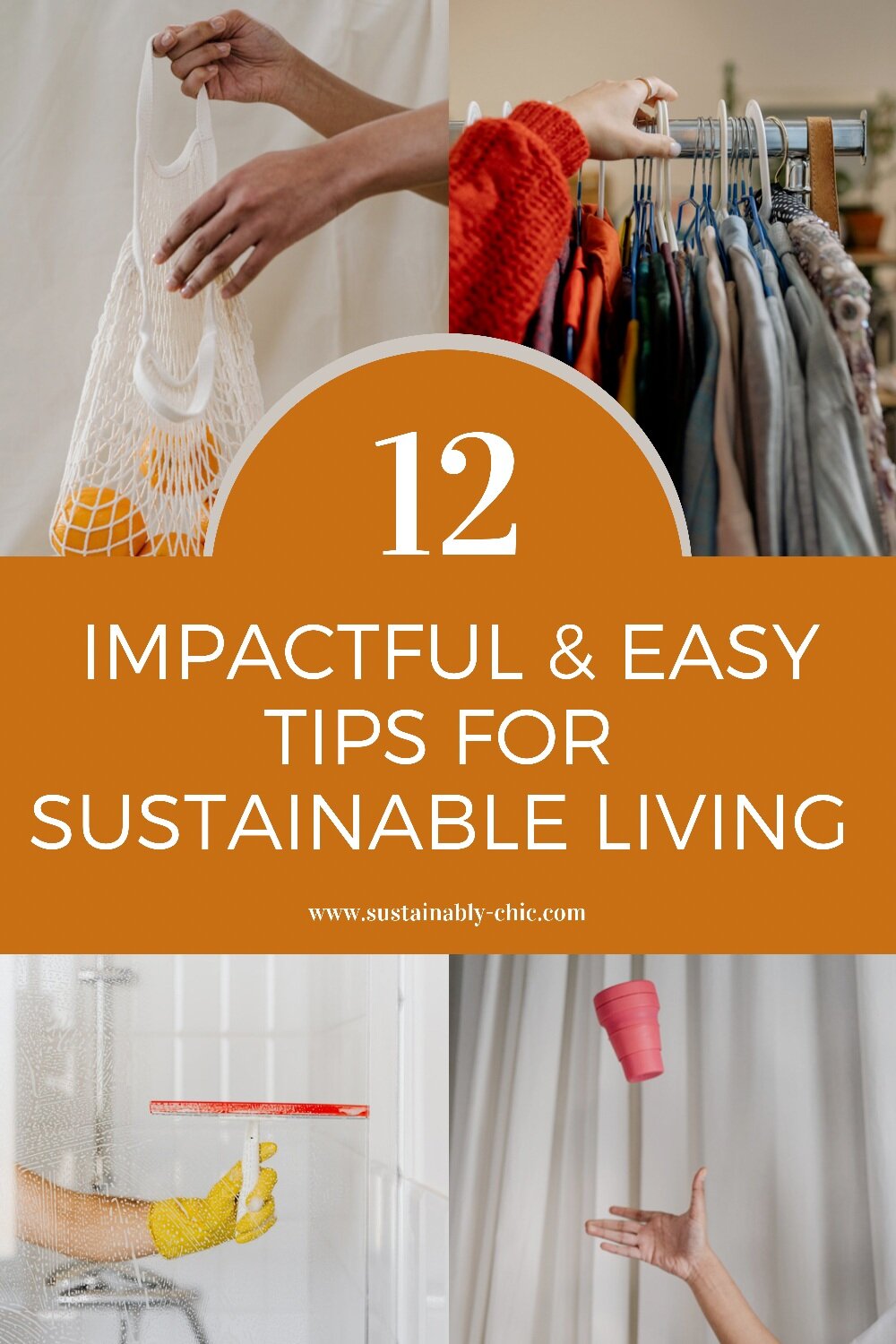12 Impactful and Easy Tips for Sustainable Living
In recent decades, the state of our planet changed drastically. Economic development and demographic growth, alongside the rising demand for natural resources, happened at the cost of the environment.
Fortunately, more and more people have become aware of the impact humans have on the planet and started acting accordingly, incorporating greener habits into their lives.
Planet Earth is our home, and it’s the only planet we have, so we need to take care of it. We need to safeguard biodiversity, fight against pollution, and ensure people have clean water.
Sustainable living doesn’t have to be complicated. Taking action to live more sustainably can be easy. It just requires will instead of carelessness and action instead of idleness.
We can all do something, even if it’s the tiniest thing. Every little thing we do for the environment has a positive impact, and it matters.
Here are 12 impactful and easy tips for sustainable living that you can try to implement into your life to make a positive change for our planet!
12 impactful and easy tips for sustainable living
1. Avoid mindless consumption by asking yourself the right questions
Changing our consumption habits is key if we want to embrace sustainable living.
Everything we buy has an environmental impact. That’s why we need to avoid impulse buying as much as possible!
So next time you’re about to buy something, ask yourself the right questions. “Do I really need it? Do I love it? Is it my style? Do I see myself using it in 6 months, 1 year? Do I already own something similar that I can use instead? How will I dispose of this item at the end of its life?”
Asking yourself these questions will help you make better buying decisions!
Also, to avoid regrets, don’t go shopping when you’re sad or bored, and stay away from ads and malls if they’re a trigger for you.
2. Shop second-hand
The most eco-friendly way to buy something is to get it second-hand!
When you’re reusing what is already out there, you are giving items a new life and diverting them from going to the landfill. You’re also not creating a demand for new things to be produced, so fewer raw materials need to be extracted from the Earth.
You can find unique items, and if something was used for a while and makes it to the thrift store in good condition, it’s more likely to be of better quality.
The best places to find second-hand goods are Facebook Marketplace, Buy Nothing groups, and thrift stores.
If you’re looking for used clothing, many apps can help you find fantastic pieces! Or you can organize a clothing swap with your friends!
3. Support ethical and sustainable brands
If you cannot find what you’re looking for second-hand or if you want to support a green business, buy things from sustainable brands.
On Sustainably Chic, we have numerous product guides where you can find the best eco-friendly brands for any type of item. From sunglasses and backpacks to maternity and baby clothes, you will be able to find the perfect brand that resonates with your values!
Items sold by sustainable brands are more of an upfront investment, but the price reflects the quality: the item will last you for years! You’re also making sure that it was produced sustainably and that workers were paid fairly.
When you are supporting an eco-friendly brand, you are voting with your dollar. It means that you are showing companies that you want things to be made without harming people and the planet.
4. Switch to reusable products
Most single-use products are used for only a few minutes, if not seconds, and sent to the landfill, where they’ll be sitting for hundreds of years. This isn’t right! It is so easy to avoid using them by investing in their reusable alternatives!
Get a stainless steel water bottle and refill it from the tap instead of buying plastic bottles. Use up your disposable paper towels, and then get yourself cloth napkins. The same principle applies to cutlery and straws: stop using the disposable option and switch to reusable products.
For your period, menstrual cups and cloths pads are amazing both for your health and the environment! And when you’re shopping, say no to plastic bags and bring your reusable cotton bags with you.
All these swaps are so easy to make! Use up what you have, reassess your needs, and slowly replace single-use products with reusable alternatives.
5. Be mindful of your energy consumption
It is so important to save energy at home! Most electricity providers produce electricity using fossil fuels, a non-renewable energy source that releases tons of CO2 into the atmosphere.
So being mindful of how you’re using electricity will not only save you money, but you’ll be contributing to saving the planet!
It can be as easy as turning off and unplugging your devices when you’re not using them. Adjust your thermostat to make sure you’re not overheating your home or unnecessarily using the air-conditioning.
Wash your clothes in cold water. Avoid the dryer if possible, and air dry your clothes instead. There’s nothing better than the smell of air-dried clothes!
Another great way to save energy is to install LED lights around your home. They are so much more efficient and eco-friendly!
6. Take action to save water
Just as it’s important to save electricity, water conservation should be a priority if you want to embrace sustainable living.
In some regions, people are struggling with water shortages while so much water is being wasted and polluted around the world. It’s a precious resource, so it’s essential to help conserve it at home!
The easiest thing you can do is turn off the tap as soon as you don’t need water. Check if there are leaks in your pipes and repair them if necessary.
Install a water-saving showerhead and faucet aerators on your faucets. These are very affordable, and they’ll save you a lot of money on your water bill!
You can also use rainwater to water your plants. And remember to run your washing machine and dishwasher when they’re full.
7. Start meal planning to reduce food waste
Did you know that a third of the world’s total food production is wasted each year? Most of this waste happens during the production and transportation process, but consumers still waste a non-negligible part.
When we know that millions of people are starving, we cannot afford to throw so much food away!
Regularly reassess what is in your fridge and pantry, and donate everything you don’t see yourself eating to a food bank. Then, commit to cooking only with the things you have on hand for a few days.
And when you don’t have much left, it’s time for groceries! Make a list of meals you want to prepare for the next week, write down what you need to buy to cook them and stick to the list while shopping. You will avoid making impulse purchases of food that you won’t be eating.
8. Clean your house with simple natural ingredients
An easy way to have a more sustainable home is to clean it with non-toxic products. My favorite ones are white vinegar, lemons, baking soda, and castile soap.
I clean my whole apartment with these simple natural ingredients, and they work very well! They’re multipurpose, cheap, and good for the environment.
When we are using conventional cleaning products, we are polluting water streams by pouring dangerous chemicals down the drain, and most of them are packaged in plastic. They’re also dangerous for human health, and their long-term use might lead to various diseases and health conditions.
On the other hand, natural ingredients like white vinegar are harmless! And to help you clean in a more eco-friendly way, check these fantastic sustainable cleaning supplies!
9. Choose natural materials
When you need to buy clothes, choose natural materials instead of synthetic fabrics.
Synthetic clothing sheds microplastics in water streams when we wash them, which contributes to ocean plastic pollution. These tiny bits of plastic end up being eaten by fish, consequently, by humans.
So instead of buying clothing made of nylon or polyester, prefer natural alternatives like Tencel, linen, or hemp. Cotton is also natural, but its production is very water-intensive.
If you need clothing made of synthetic fiber, see if you can choose recycled options if possible.
Also, it's easier to recycle clothing made from one fiber than clothing made from several fibers - or what we call 'blended' fabrics.
Another easy way to know if a clothing piece is sustainably made is to look for certifications, such as GOTS, Fairtrade, or OEKO-TEX.
10. Be creative and repurpose things
Whenever you’re done using something, think twice before putting it in the bin. You could find another use for it!
Ask yourself: “Can I reuse it in some way? How can I give it a new life?” For instance, when you empty a glass jar after eating the food it contained, repurpose it into a vase, a pen holder, or reuse it to store food.
Before getting rid of an old t-shirt, cut it up into rags for cleaning. Old socks are perfect for removing dust around your home, and you could reuse envelopes of mail you receive to write your shopping lists!
Giving a new life to something you were about to throw away is a fantastic way to reduce waste, and you’ll end up with “new” useful things for free!
11. Buy imperfect fruits and vegetables
When you’re at the grocery store or the farmers’ market, choose produce that has some flaws. They’re as tasty and good to eat as more beautiful fruits and vegetables!
This is so important because if they do not get sold by the end of the day, they usually get thrown away since they do not meet the industry’s beauty standards. So try to find and buy the wonky fruits and vegetables when you can, or the single bananas!
When food ends up in the landfill, it doesn’t decompose well. Worse, it releases methane, a greenhouse gas that is 25 times more potent than carbon dioxide.
Taking action by choosing the produce nobody else will want to buy is a great way to help keep food away from the landfill! There are also zero-waste brands like Barnana who use thrown-out food to create yummy new snacks for us to eat!
12. Learn how to recycle properly
Recycling isn’t ideal because it uses a lot of energy, and many materials can only be recycled a handful of times. We also often need to add virgin material to the recycled one to maintain its quality.
But recycling is still better than throwing things away! It’s a way to reuse items and keep them out of the landfill.
If you’re not sure how you should recycle, contact your recycling facility to know what they’re collecting in your city. You can also look on their website to see what things are recyclable. They also should list which numbered plastics they can take, so when you see the recycle sign with an associated number, make sure it is accepted in your city recycling.
It’s important to be aware of the rules and recycle accordingly: if you put in the recycling bin something that isn’t recyclable, the whole bin might end up in the landfill.
So follow the rules carefully and do not put something in the recycling out of guilt, in hope that it will get recycled.
Final thoughts
Those were 12 impactful and easy tips for sustainable living! But there are so many other things we can do to go green and help save the planet!
Whatever you choose to do, it will have a massive impact on the environment, and it makes a real difference.
Of course, you cannot do everything! But as long as you’re trying to live more sustainably, this is fantastic! All your small actions add up over time!
What is your favorite thing to do to embrace sustainable living?
About the Author
Eva Astoul is a French freelance writer, specializing in content related to sustainability, simple living, and a growth-focused healthy lifestyle.
She runs her own blog, Green With Less, to inspire people to live a more minimalist and sustainable life.








